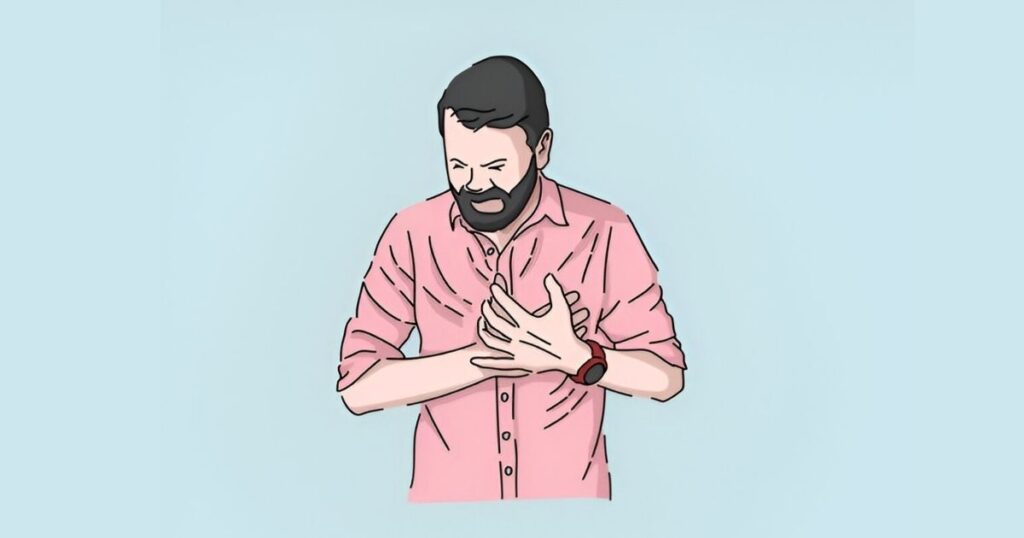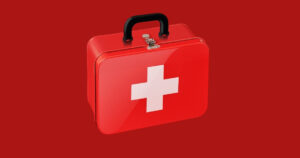Do you know that heart attacks claim nearly 18 million lives per year? The situation is furthermore traumatizing as a small percentage of them had never had a heart attack before, but some have even died from their first heart attack.
Nonetheless, the heart sends out sure signs before a heart attack. If we are aware of it and take precautions, This can not lead to death. It is essential to know the symptoms of a heart attack early to get timely treatment and prevent damage to the heart.
These symptoms differ between men and women. Knowing these differences is essential to preventing heart attacks, but before that, let’s understand how they occur.
How does a heart attack occur?
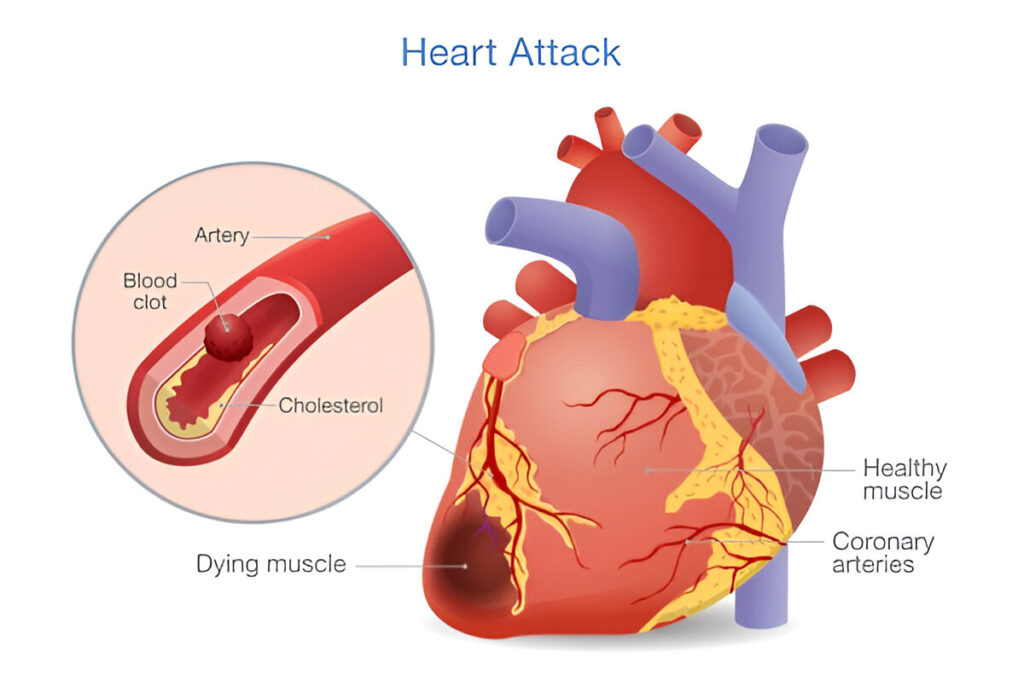
The heart requires blood to flow continuously. The entire body will become paralyzed if the supply is cut off. Fat is the primary cause of the heart’s blood supply being cut off.
The walls of the blood arteries that carry blood accumulate with fat. This makes the blood flow path narrower. The heart’s blood supply gets cut off as a result.
The cardiac muscles thus lose out on oxygen and nourishment. Heart attacks and muscle death result from this. As you may already be aware, there are some signs that precede a heart attack.
Let’s investigate what those signs of heart attack are:
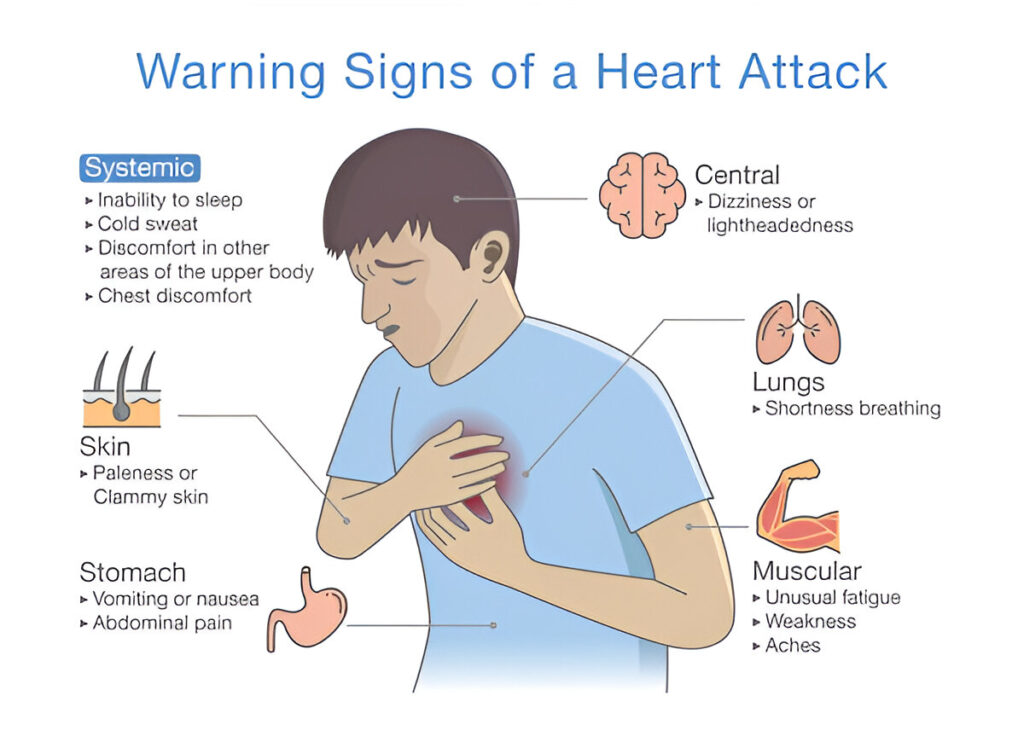
Do you know that there are some symptoms that appear before a heart attack, now let’s find out what those symptoms are.
- Jaw pain starts a few days before the heart attack, so, never ignore it. Consult a doctor ASAP whenever you experience a jaw pain. Moreover, during the heart attack, the jaw pain becomes unbearable.
- Back pain, neck pain, sudden shoulder pain without any reason, and even early symptoms of heart attack should be recognized. If neck pain occurs frequently, it is not normal.
- It should be noted that chest pain, without any problem like acidity, is not normal.
- Slurred speech, not being able to say what you want to say, and repeating the same thing over and over should also be considered signs of a heart attack.
Symptoms of heart attack: Men vs Women:
Men are more likely than women to experience chest pain or discomfort, which is frequently accompanied by tightness or pressure in the chest. This pain in the center or left side of the chest typically lasts for several minutes; however, it may also come and go.
Among the other typical symptoms in men are:
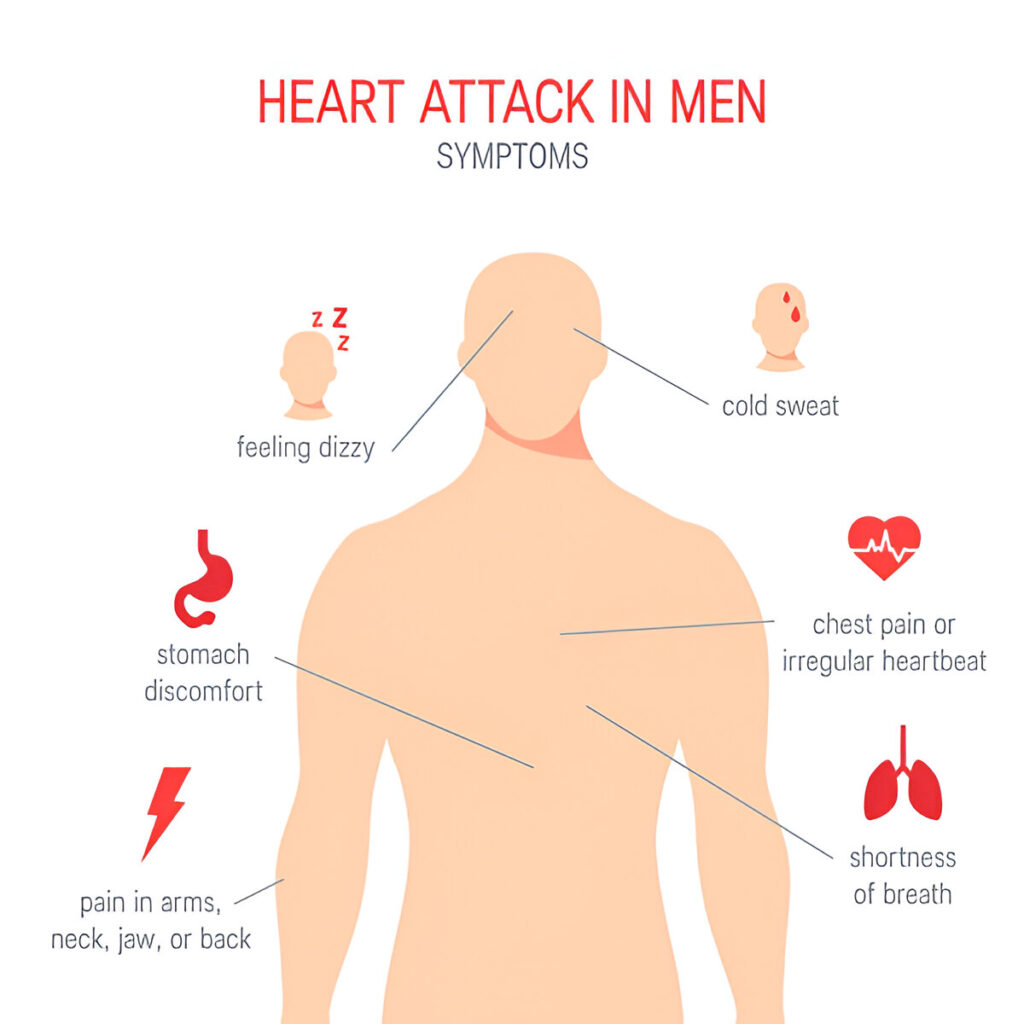
1. Pain in the upper back: It can radiate to the back, jaw, stomach, arms, or both. The primary symptom is left arm discomfort.
2. Breathlessness: This can frequently happen with or without chest pain. It can also occur while you’re at rest or working out.
3. Cold sweats: Sudden inexplicable sweating and discombobulation. are frequently experienced symptoms of a heart attack
4. Stomach pain or nausea: Some men may also experience nausea or vomiting during a heart attack.
Typical signs of a heart attack in women:
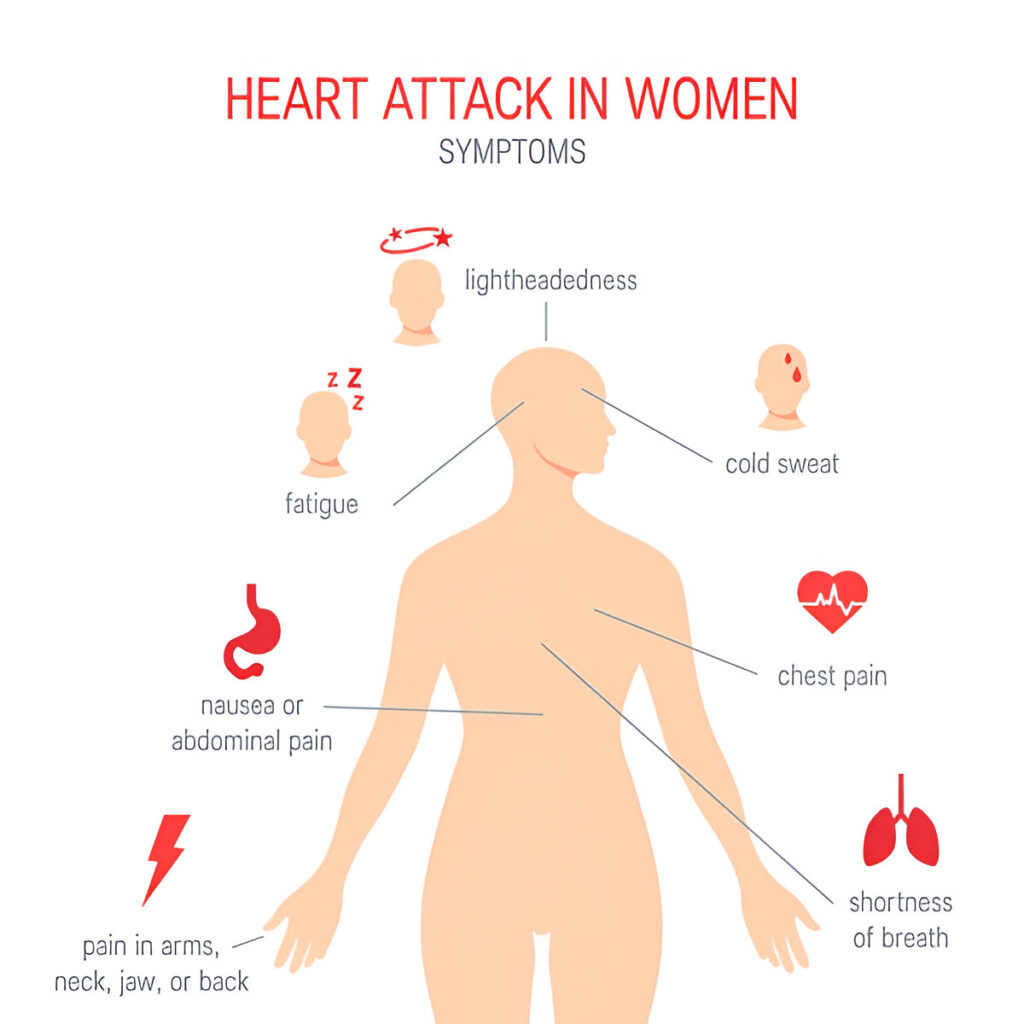
Women are more prone to encounter symptoms of a heart attack that are less evident and sometimes misdiagnosed as other conditions, even though chest discomfort is a common symptom in women as well. The necessary treatment may take longer to receive as a result of these discrepancies.
1. Shortness of breath: This can occur with or without tightness in the chest and a sensation of being unable to breathe.
2. Discomfort in the arms, jaw, back, or neck: Women report this discomfort rather than chest pain. Sharp discomfort is a possibility, and issues with muscle tension are frequently present along with it.
3. Unexplained exhaustion: One of the signs of a heart attack in women is extreme exhaustion. Women may not engage in physical activity, but often, they are abnormally exhausted.
4. Nausea, vomiting, or disorientation: Women may experience lightheadedness or fainting. This can exacerbate sensations of anxiety or indigestion when combined with nausea.
Heart attack risk is increased, particularly in women, by failing to recognize symptoms early or delaying seeking medical attention. Stress, exhaustion, or advanced age are the leading causes of “silent” heart attacks in women. A heart attack that is “noiseless” suggests that there are no apparent symptoms.
Anyone who notices any of these symptoms ought to contact emergency services right away. Early intervention can reduce cardiac damage and increase overall survival rates. Drugs that break up clots or medications like angioplasty can restore blood flow to the heart for as long as feasible.
Summary:
To prevent heart attacks and reduce damage, it’s essential to comprehend the small differences in heart attack side effects between men and women. While chest pain may serve as a warning sign, other symptoms like exhaustion, back pain, and dyspnea should not be disregarded. Responding promptly to any unexpected symptoms and seeking treatment, particularly in women, can prevent persistent cardiac issues and save lives.

